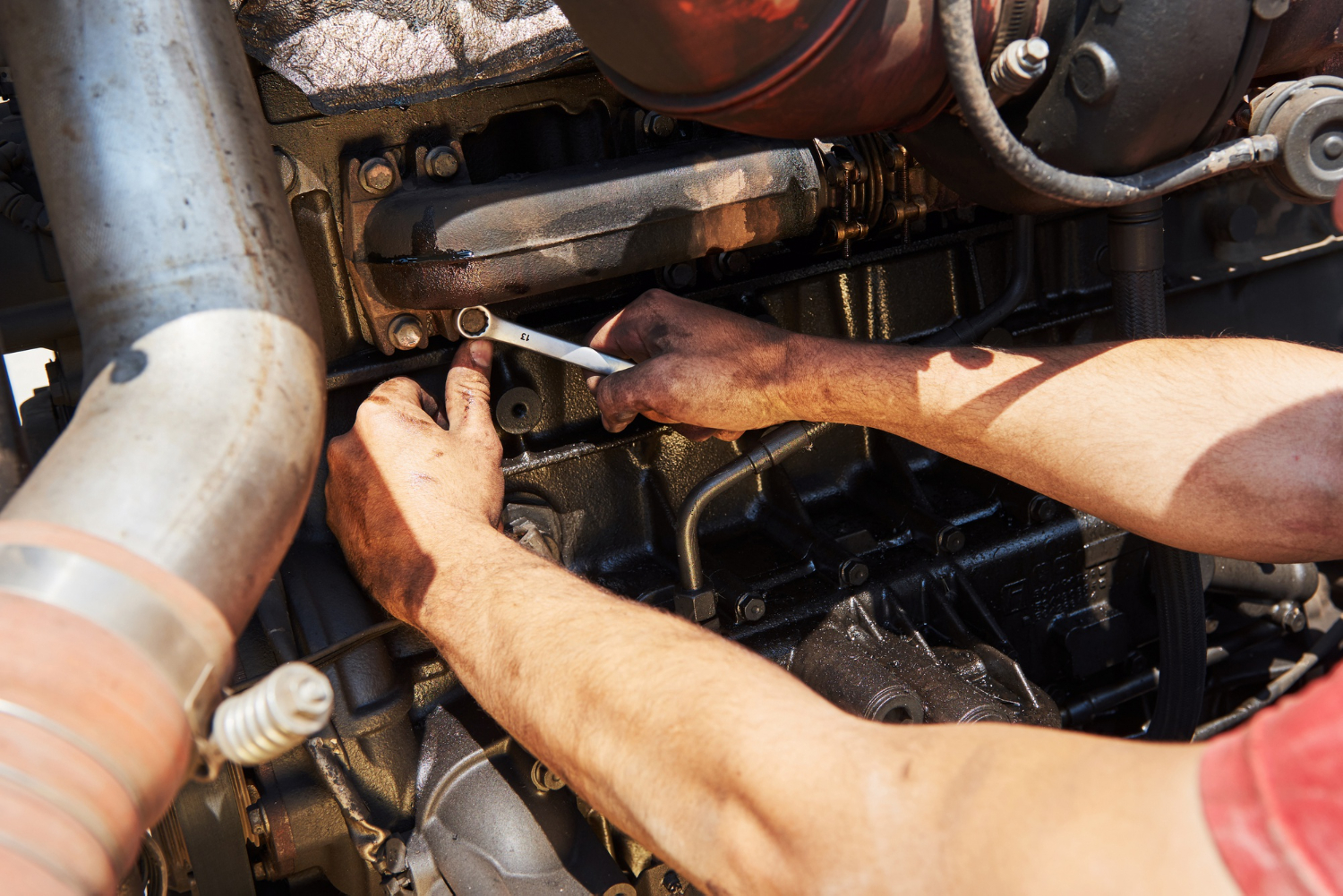When a commercial vehicle is damaged—whether it’s in an accident, vandalized, or affected by weather—knowing how to file an insurance claim can make the difference between a quick recovery and a costly delay for your business. Commercial auto insurance is designed to protect your vehicles and keep your operations moving, but the claims process can be more involved than it is for personal vehicles.
Here’s a step-by-step guide on how to file a claim for damage to a commercial vehicle and what you should know along the way.
1. Ensure Safety First
Before anything else, make sure everyone involved is safe. If the damage occurred due to a collision:
-
Call emergency services if there are injuries.
-
Move the vehicle to a safe location if possible.
-
Turn on hazard lights to alert other drivers.
Document everything immediately, especially if another party is involved.
2. Gather Key Information at the Scene
Whether it’s a crash, a break-in, or a weather-related incident, you’ll need to collect important details to support your claim:
-
Driver’s name and contact info (if someone else was driving your vehicle)
-
Date, time, and exact location of the incident
-
Photos of the vehicle damage and surroundings
-
Police report or incident number, if applicable
-
Information about other parties involved (if it’s an accident): names, insurance details, license plates, and contact info
3. Notify Your Insurance Provider Immediately
Contact your commercial auto insurance provider as soon as possible. Most insurers offer 24/7 claims support by phone, app, or online portal. Provide:
-
Your policy number
-
Description of the incident
-
Details about the driver (if not you)
-
Photos or videos of the damage
-
Police report number, if available
Prompt reporting not only speeds up the process but may be required by your policy terms.
4. Understand What Your Policy Covers
Commercial vehicle policies typically include several types of coverage, including:
-
Collision Coverage – Pays for damage from accidents, regardless of who’s at fault.
-
Comprehensive Coverage – Covers non-collision damage (theft, vandalism, weather, etc.).
-
Liability Coverage – Covers damages you cause to others.
-
Uninsured/Underinsured Motorist Coverage – Protects you if the other driver is at fault but lacks sufficient insurance.
Before repairs begin, confirm which damages are covered, what your deductible is, and whether you’ll receive compensation for a rental or downtime.
5. Work With an Approved Repair Shop (If Required)
Some commercial policies require or recommend you use a repair shop in their network. Doing so can:
-
Speed up repairs
-
Ensure quality control
-
Streamline billing between the shop and the insurer
Make sure to get an estimate and approval before authorizing repairs, unless urgent action is required.
6. Keep Records of Everything
Maintain organized records of:
-
All communication with your insurer
-
Repair estimates and receipts
-
Tow bills, rental vehicle charges, or lost business documentation (if covered)
-
Any medical bills or employee time off (if applicable)
You may need this information for reimbursement or in case of disputes later.
7. Follow Up and Track the Claim
Most insurers will assign a claims adjuster to assess the damage and guide you through the process. Stay in contact and respond promptly to any requests. If your business relies on that vehicle, let the adjuster know—some policies offer coverage for loss of use or business interruption.
8. Know What to Do If the Claim Is Denied or Delayed
If your claim is denied or seems delayed:
-
Request a clear explanation in writing.
-
Review your policy details to understand your coverage.
-
Provide any missing documentation quickly.
-
Consider speaking with your insurance agent or a claims advocate.
You can also file a complaint with your state’s department of insurance if needed.
Filing a claim for damage to a commercial vehicle can be stressful, especially if your business depends on that vehicle for daily operations. But by following the correct steps, staying organized, and communicating clearly with your insurer, you can speed up the process and get back on the road with confidence.

